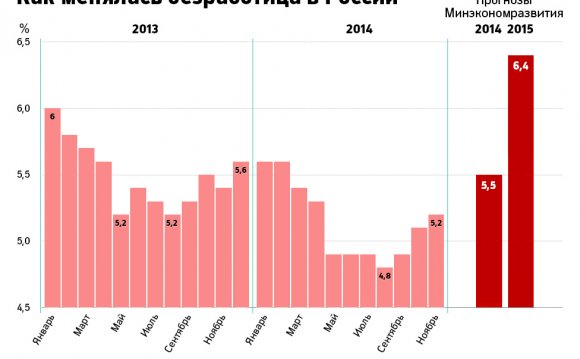
2008 Crisis In Roses
 Do you recall 2008 when you look at the course of the ruble today? Just six years ago, in November, Russian currency as it is now falling against the dollar. The Central Bank had interacted in the currency market and raised interest rates.
Do you recall 2008 when you look at the course of the ruble today? Just six years ago, in November, Russian currency as it is now falling against the dollar. The Central Bank had interacted in the currency market and raised interest rates.
In 2008, I wrote in the review:
" At first glance, the CB does what it should, it supports the cost of the rouble by reducing the gold reserve and the interest rate overnight is raised to 12 per cent. But in the near future, the Bank of Russia, like most regulators, neglects one of the factors - the number of roubles in circulation. And the situation doesn't change. The CB provides the market with no restrictions. If the demand falls and the supply does not change, the collapse of the rouble will have inevitable consequences. When market participants notice that the BC is misdirecting the supply of rubles, the demand for it falls even further. The " Field Mass " is known as the cash base. As at 10 November 2010, the CB reported that it was 4,416 billion roubles, or 27 roubles per dollar equivalent to about $163 billion. On 1 September, the cash base was 4,508 billion roubles. Despite the desperate efforts of the CB to support the course, the cash base has hardly changed. "
It's been six years. Cost of rouble at the end 2013 fell to 32 roubles per dollar, not so long ago, above 41 rubles. The CBA rate is 8 per cent, the Bank of Russia spent $9,262 billion (370 billion roubles per dollar) in October. But I didn't. This followed the sale of $39 billion and Y3, 8 billion earlier this year.
What about the cash base? Unfortunately, no data were available for October of this year, but as of 1 February 2014 there were 9,5321 trillion roubles and 9,947 trillion on 1 October.
There are seasonal fluctuations in the monetary base, but in a crisis situation it should be reduced by approximately the same amount as foreign exchange intervention.
From October, they were expected to result in a decrease of about 1,54 trillion roubles (decrease of about 15 per cent). But that didn't happen. Instead, the cash base increased by 6 per cent. The problem of too much rubles has worsened with the usual consequences. In October, we will be able to assess in statistics soon, and I think there will be no further reduction in the monetary base.








